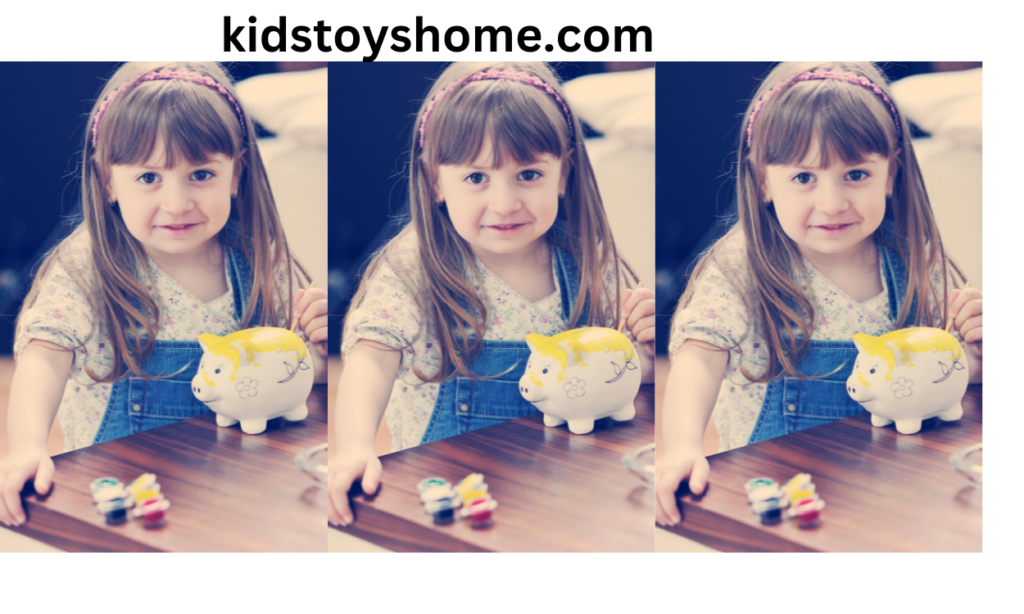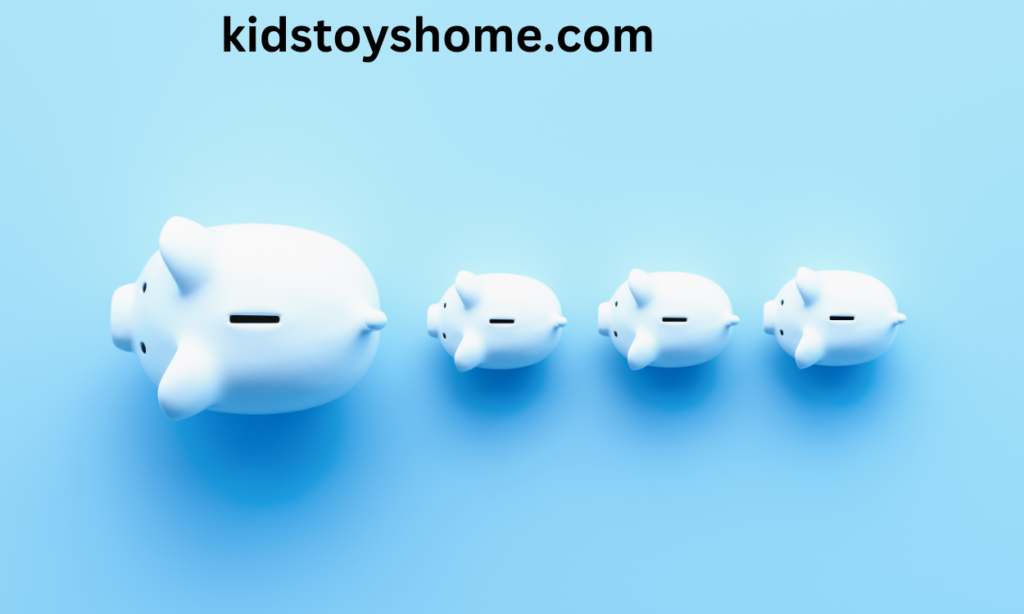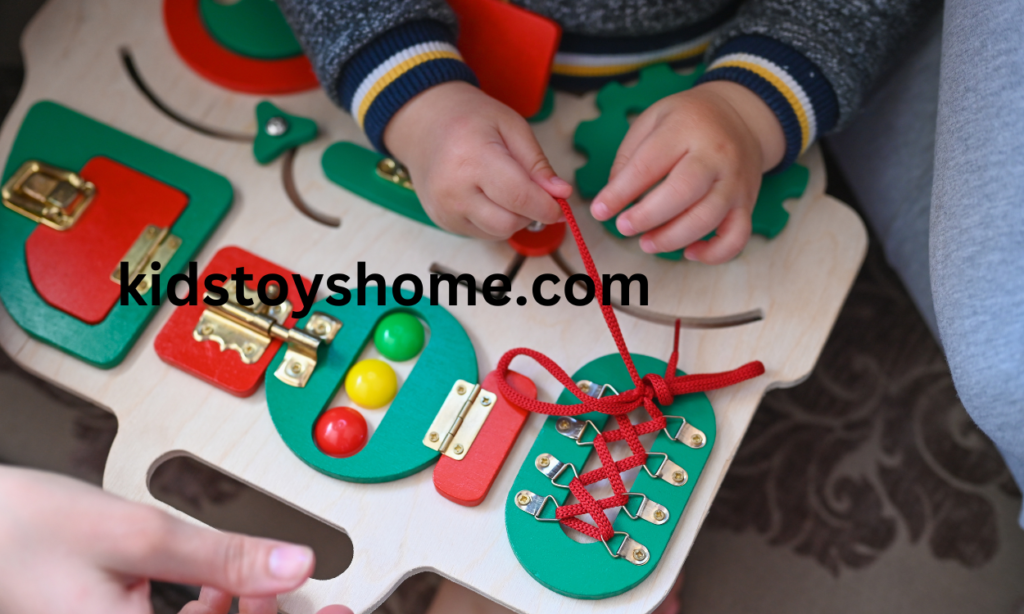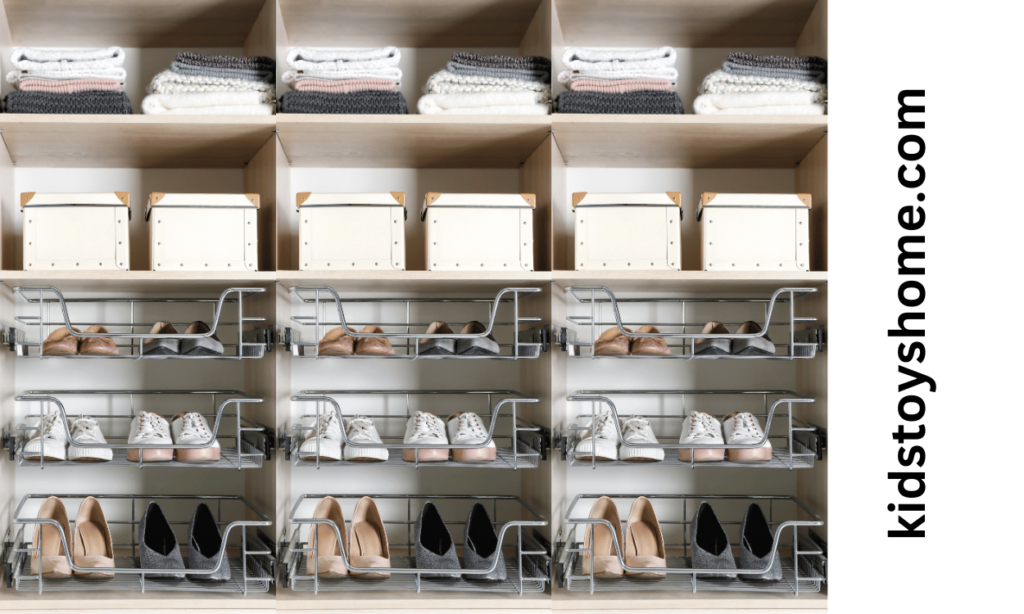Despite its utility in nurturing savings, a plain piggy bank often fades into the backdrop of everyday life, seldom noticed and rarely inspiring. Its lackluster form does little to encourage regular use or reflect the creative potential of its owner, leading to missed opportunities for financial learning and artistic expression.
Decorating your piggy bank is easy and rewarding. Start by gathering materials such as paint, brushes, and unique embellishments. Clean up your workspace, plan a striking design, and thoughtfully apply paint and details. Add character with textures and patterns, then seal your art for durability. Keep functionality in mind to enjoy saving coins in your personalized creation. Follow the detailed steps below for a fun, creative way to encourage saving.
Join us as we walk you through easy-to-follow steps to transform your piggy bank into an eye-catching work of art. Not only will these changes make saving money a more enjoyable habit, but they will also allow you to infuse your piggy bank with a bit of personal flair, making the act of saving both practical and creatively satisfying.
How to Decorate Your Own Piggy Bank
Making your piggy bank special is simple and fun.To solve the problem How to Decorate Your Own Piggy Bank? Follow these steps:
- Gather Your Materials
- Prep Your Space
- Plan Your Design
- Paint Away
- Embellish with Detail
- Seal the Deal
- Keep It Functional
Step 1:Gather Your Materials
Before you embark on the creative journey of decorating your piggy bank, it is crucial to curate a collection of materials that will bring your vision to life. Your shopping list should include:
- Plain piggy bank
- Acrylic paints
- Variety of paintbrushes
- Non-toxic sealant
- Stencils or decals
- Fine-detail tools or pens
- Three-dimensional embellishments (e.g., beads, rhinestones)
- Cleaning supplies (to keep the interior clean)
Opt for materials that are not just attractive but also long-lasting and safe for use. When selecting paints and decorations, verify that they are non-toxic, especially if children will be involved in the decorating process.
Additionally, give some thought to the finish and style of decorations you’d like; from matte to glossy looks, and from glitter to matted hues, aesthetics matter greatly.
Getting the right materials ready is the first step to making a piggy bank that not only looks great but will also last a long time. When you pick your supplies carefully, your piggy bank will become more than a savings tool—it’ll be a unique item that shows off your own creative flair.
Step 2: Prep Your Space
- Protect your workspace by covering it with newspaper, a drop cloth, or plastic sheeting to prevent paint spills.
- Use painter’s tape for extra security on surfaces vulnerable to damage.
- Dress in old clothes or wear an apron to protect your attire from paint.
- Arrange all materials — paints, brushes, decorations — within arm’s reach for efficiency.
- Ensure good lighting and ventilation in your workspace for both visibility and safety.
Step 3: Plan Your Design
- Find inspiration around you for your piggy bank – animals, celestial bodies, vibrant colors.
- Use paper to sketch a basic outline of your envisioned design.
- Perfection isn’t the goal – the sketch is to aid visualization.
- Select a cohesive color scheme; consider calm adjacent shades or contrasting hues for a bold effect.
- Choose colors that personally appeal to you, highlighting your unique aesthetic.
Step 4: Paint Away
- Start with patience for a perfect finish
- Apply a light base coat uniformly
- Ensure each coat dries fully
- Introduce unique textures with sponges
- Create fine details using brush handles
- Utilize painter’s tape for sharp patterns
- Layer additional coats for depth after drying completely

Step 5: Embellish with Detail
- Add fine artistic touches with a precise brush to create intricate designs
- Incorporate 3D elements like beads, sequins, or figurines for a tactile feel
- Use stencils for consistent shapes or patterns and decals for easy application

Adding Artistic Touches
- Utilize fine-tipped brushes for delicate lines and patterns
- Consider using a toothpick or the back end of the brush for tiny dots and details
Three-Dimensional Flair
- Select beads, sequins, or figurines that complement your design theme
- Affix them firmly with a strong glue, ensuring they are securely attached to the surface
Stencils and Decals
- Pick stencils that match your desired design, securing them on the piggy bank to avoid slipping
- Apply paint within the stencil edges and remove it carefully to reveal a neat design
- Opt for quality decals that can be easily positioned and smoothed out on the surface for a professional look
Step 6: Seal the Deal
After your piggy bank has been painted to perfection, it’s time to preserve your artwork. The sealing process not only protects the colors and design but also enhances the overall appearance by adding a glossy or matte finish, based on the sealant you choose. Opt for a clear acrylic sealer that’s compatible with the paint you’ve used; this will ensure maximum adherence and longevity of your design. When applying the sealant, maintain a steady hand and work in a well-ventilated area. A thin, even layer is sufficient—over-applying can lead to drips or a cloudy finish. Patience is your ally once again during the curing process; while your piggy bank may feel dry to the touch in hours, it may take a full day or even longer for the sealant to fully cure and achieve its hardest state. Once thoroughly dried, your personalized piggy bank will be ready to withstand the wear and tear of everyday use while keeping your savings secure.
Step 7: Keep It Functional
When decorating your piggy bank, it’s critical to maintain its primary function. Pay special attention to the coin slot and the opening used to remove saved money. As you add layers of paint and other materials, ensure these areas are not obstructed. You can use tape to cover these sections during the decorating process, removing it once all the paint and sealants have dried. Keeping the interior clean is just as important; consider inserting a temporary plug or barrier to prevent any materials from falling inside.
Conclusion
Congratulations on completing your personalized piggy bank! This project was more than just a craft; it was an exercise in creativity and personal expression. Each time you drop a coin into your unique creation, you’ll be reminded of the joy and pride in making something with your own two hands. Use this piggy bank as a daily inspiration to save and appreciate the value of both money and individual craftsmanship. As you watch your savings grow, remember that the habits developed during this project can foster a lifetime of financial responsibility and artistic fulfillment.
Frequently Asked Questions (FAQs) About Decorating Your Piggy Bank
Here are some queries which you can dace during the process of HOW TO DECORATE PIGGY BANK.
Q: What type of paint should I use to decorate my piggy bank?
Acrylic paints are ideal for decorating a piggy bank. They are water-based, easy to clean up, and come in a variety of vibrant colors. They also adhere well to different materials, including ceramic and plastic.
Q: How can I ensure the paint sticks to the piggy bank and doesn’t peel off?
Make sure to clean the surface of the piggy bank before painting to remove any oils or dust. Also, applying a primer can create a better surface for the paint to stick. After painting, use a sealant to protect your design and prevent the paint from peeling.
Q: Can I use any brush to paint my piggy bank?
While you can use any brush, some are better suited for the job. Synthetic brushes are a great choice for acrylic paint. For larger areas, use a flat brush, and for details, a fine-tip or pointed brush works best.
Q: Do I need to prep my piggy bank before painting?
Yes, it’s important to prepare the surface. Lightly sanding the piggy bank can help the paint adhere better, and wiping it down with a damp cloth will remove any dust or residue from the surface.
Q: How long should I wait between coats of paint?
It’s generally advisable to wait at least an hour or until the paint is completely dry to the touch before applying another coat. Depending on the thickness of the paint and the humidity in your workspace, drying times may vary.
Q: Can I use stickers or decals on my piggy bank?
Yes, you can personalize your piggy bank with stickers or decals. Just make sure the surface is dry, and press them down firmly. To protect them, seal the entire piggy bank with a clear sealant after applying the decals.
Q: What’s the best way to add text or names to my piggy bank?
Use a stencil or freehand the design with a fine paintbrush. You can also use permanent markers designed for ceramic or glass surfaces if painting seems too challenging.
Q: What kind of sealant should I use to protect my painted piggy bank?
A water-based varnish or a clear acrylic sealer works well for protecting painted surfaces. Make sure to apply it according to the manufacturer’s instructions.





